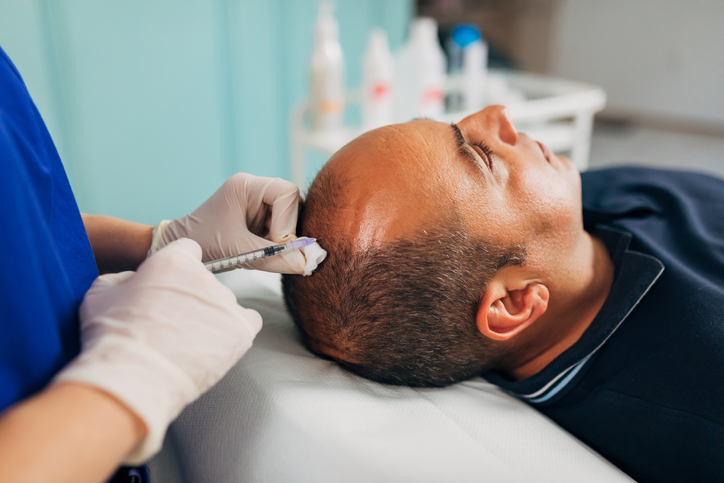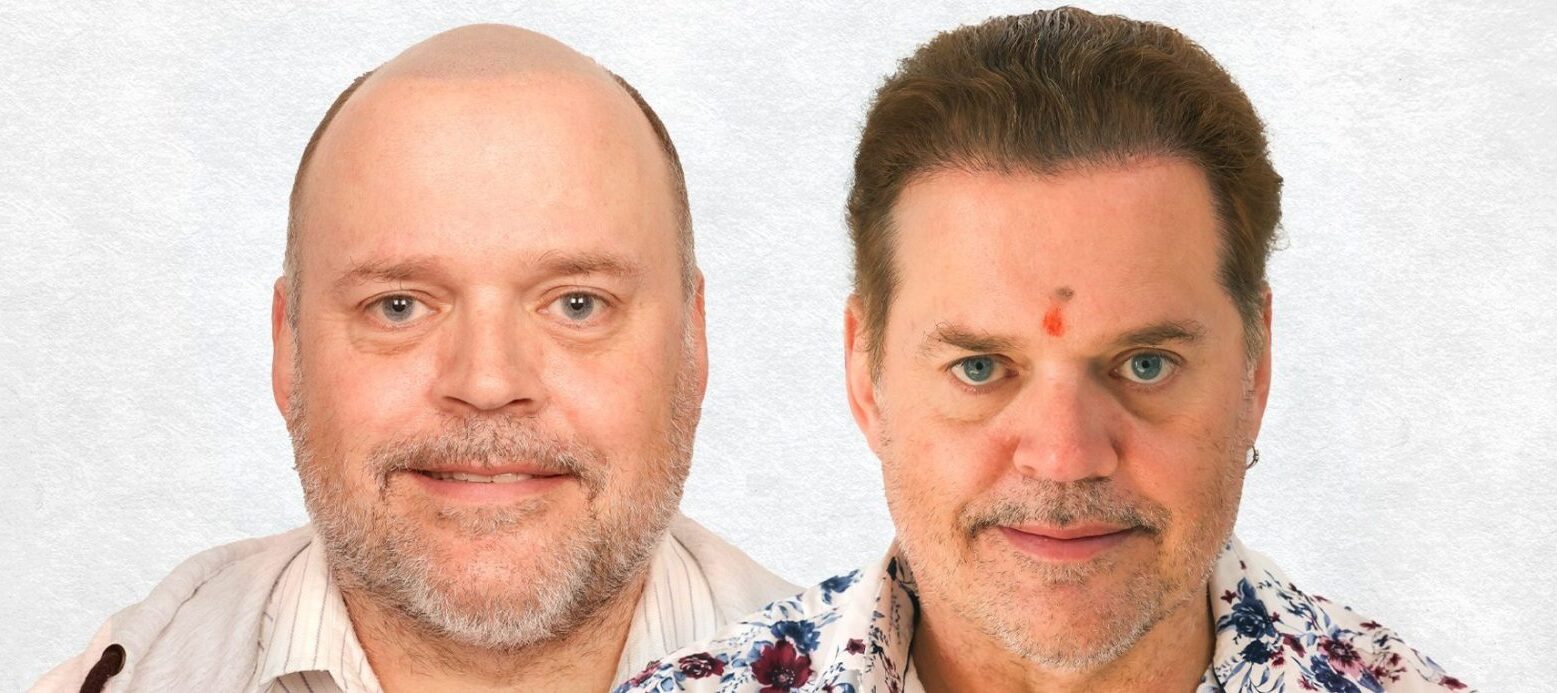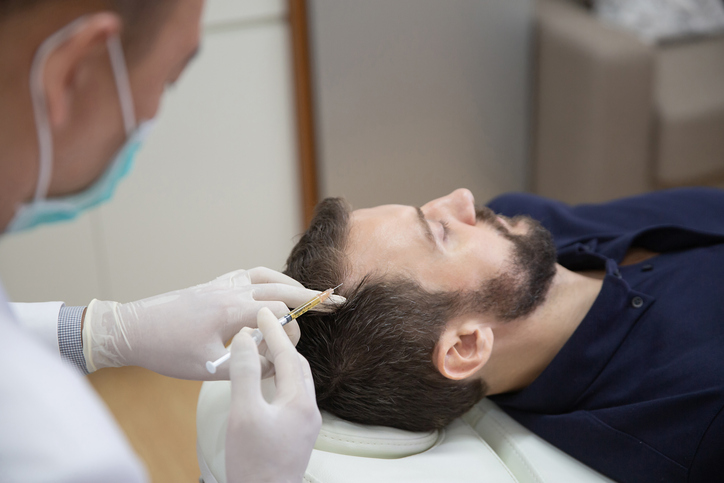Hair transplantation has become popular amongst individuals seeking to restore their hairline and regain confidence. However, it is essential to understand that hair shedding after a hair transplant is a normal and expected part of the process. It is important to explore why hair shedding occurs post-transplantation, how long it lasts, and why it should not cause undue concern.
The Natural Hair Growth Cycle
To fully comprehend hair shedding after a hair transplant, it is essential to have a basic understanding of the natural hair growth cycle. Hair grows in a cyclic pattern, with each hair follicle going through three distinct phases: anagen (growth phase), catagen (transition phase), and telogen (resting phase). During the telogen phase, the hair follicle detaches from the blood supply and eventually sheds, allowing new hair growth.
Why Hair Shedding Occurs After a Hair Transplant
Hair transplantation involves the transfer of healthy hair follicles from one area of the scalp (known as the donor site) to the recipient site where hair loss has occurred after transplantation, the transplanted follicles enter a resting phase known as telogen effluvium, causing temporary hair shedding, this shedding is a natural response of the scalp to the trauma of surgery and is an integral part of the healing and growth process.
The Duration of Hair Shedding
Hair shedding after a hair transplant typically begins within two to four weeks after the procedure. This shedding phase can last for several weeks or even a few months. While it can be disconcerting to witness the shedding of newly transplanted hair, it is important to remember that this process is temporary and necessary for the growth of new, permanent hair.
Managing Expectations and Avoiding Panic
Experiencing hair shedding after a hair transplant can be emotionally challenging for some individuals. It is crucial to manage expectations and avoid unnecessary panic during this phase. It is essential to understand that the transplanted hair follicles are not permanently lost during the shedding process. Instead, they are preparing to regrow stronger and healthier hair in the weeks and months to come.
Post-Transplant Care
Proper post-transplant care is vital to support the growth and recovery of transplanted hair follicles. Following the surgeon’s instructions regarding gentle handling of the scalp, avoiding excessive sun exposure, refraining from vigorous exercise, and adhering to the prescribed medications and topical treatments will help promote healthy hair regrowth and minimize shedding.
The Regrowth Phase
After the shedding phase subsides, the regrowth phase begins. New hair will gradually emerge from the transplanted follicles, and patients can expect to see visible improvement
s in hair density and appearance. It is important to note that hair growth is a gradual process, and full results may take several months to a year, depending on individual factors.
Consulting with the Surgeon
If you have concerns about the shedding process or the progress of your hair transplant, it is crucial to communicate with your hair transplant surgeon. They can provide reassurance and guidance and answer any questions you may have. Remember, they are experienced professionals who have performed numerous successful procedures and can offer valuable insights and support throughout your journey.
Conclusion
Hair shedding after a hair transplant is a natural occurrence and should not be cause for alarm. Understanding the hair growth cycle, the reasons behind shedding, and managing expectations are crucial during this phase. With time and proper care, the transplanted hair follicles will regrow, providing a fuller, more natural-looking head of hair.
Remember, patience is key, and consulting with your hair transplant surgeon can offer reassurance and support. Embrace the shedding process as a step toward achieving your desired outcome—a head of hair you can be proud of.





